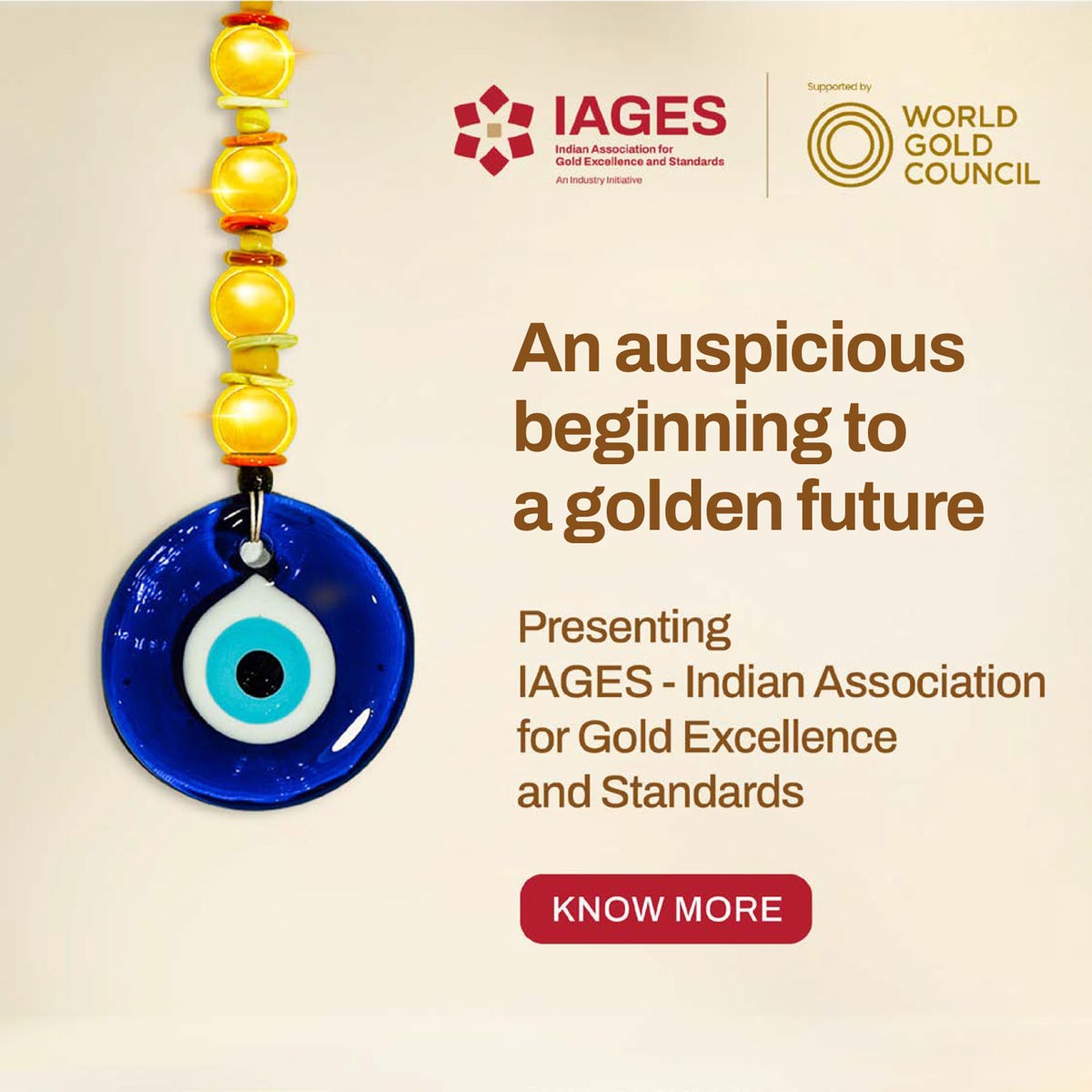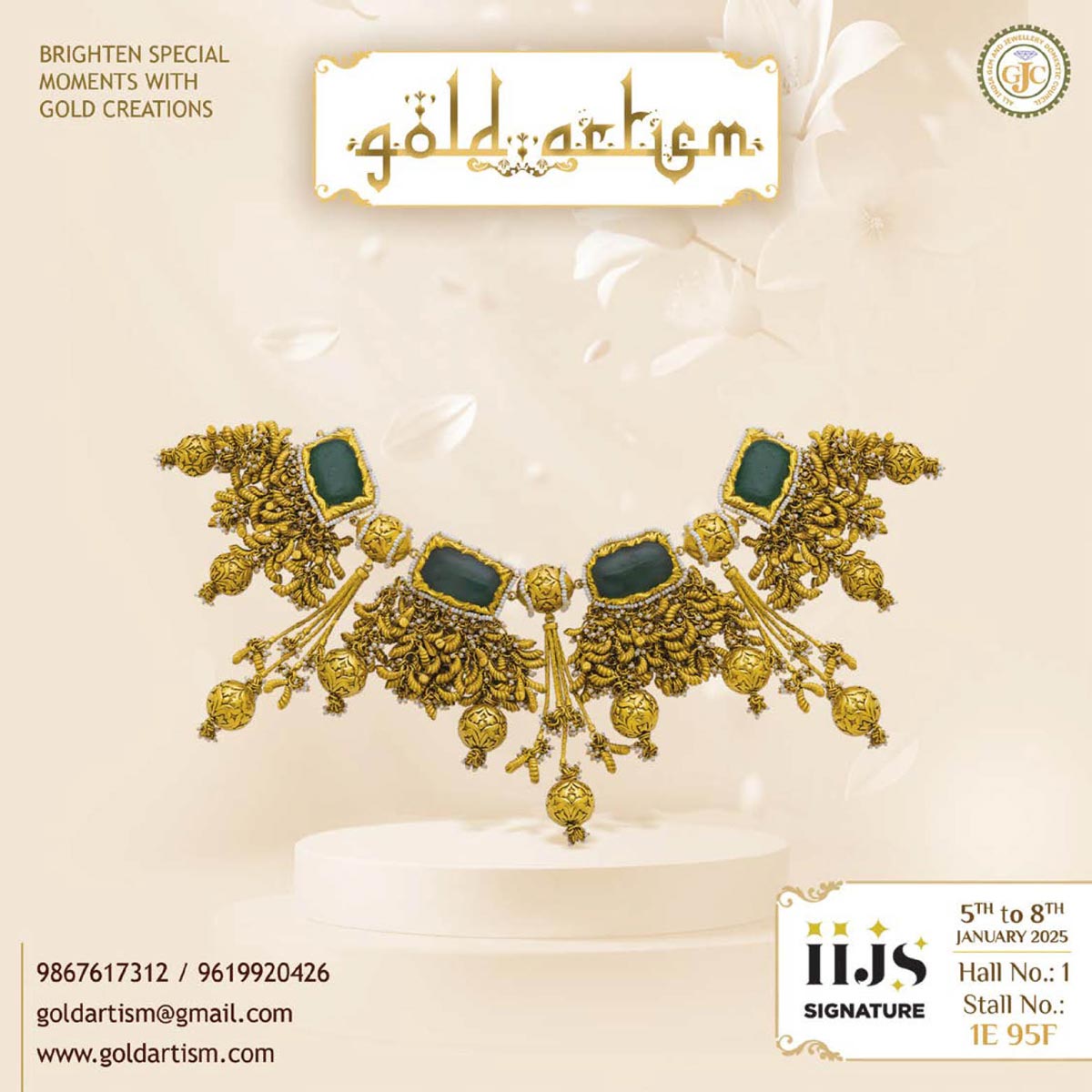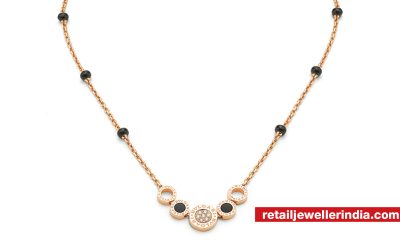Cover Feature
Learn the smart ways to maximise social media and mobile marketing

Lavin Punjabi, CEO and co-founder, mCanvas Advertising
Mobile telecommunications are changing the world for marketers. Mobile phones are becoming the default choice of channel for brands that wish to connect with younger consumers. Millennials spend some three hours a day on their mobile phones.
“The mobile is with us 24 hours a day,” said Lavin Punjabi, CEO and co-founder, mCanvas Advertising, in his presentation at the Retail Jeweller India Forum 2017. “It is no longer [just] a phone; it is a calendar, watch, book, shopping tool and whatever else you may want it to be.”
Mobiles beat out the TV as well as desktop computing as a marketing channel, he said, because “Storytelling on mobiles is easier and more impactful. The device’s sensors and functionalities allow me to engage more actively with the user.” It is possible, for example, for a brand’s app to use a mobile’s tools to “augment reality” and present a product in a user-specific way.
“A user can take a selfie, drag a piece of jewellery from an app onto the selfie, and upload [the personalised image] on social media,” said Punjabi, describing a promotion by Platinum Guild of India that “allowed users to take a photo of their own hand, drag and drop a platinum ring onto a finger, and share the composite image on social media.”
The mobile medium offers other kinds of interactivity too. Fast-food chain “McDonald’s introduced a feature to their app that allows a user to mix up an individualised milkshake on their phone,” he said. “Tapping on different icons adds ice-cream into the glass, tops it up with strawberries or bananas, until the final milkshake is ‘prepared’ and can be ordered online.”
Diamond brand Forevermark, he said, has also used the medium thoughtfully. “For the Capricci collection of nose pins, while a user is reading content online, a subtle prompt asks him or her to take a selfie with nose pin and upload it, for the chance to win a diamond. The uploaded picture is published with the messages ‘Selfie with Capricci’ and ‘Forevermark’ superscribed on it.”
Over 65,000 people were exposed to this advertisement. About 15 per cent of them took selfies, and 5 per cent shared the resulting composite images on social media.
Retailers considering mobile promotions are used to thinking only of social media and banner ads. To these jewellers, Punjabi sounded the following warning. “The same generation of millennials that is hooked to this device is also installing ad blockers. About 37 per cent of Indians [using mobile Internet] have installed ad blockers on their mobile devices. You may spend your money on banner ads, but they’re not going to be seen.”
He also urged advertisers to create channel-specific content. “Most companies create separate ads for television and print but not for mobile. It is a different medium, so one should not re-purpose content. One has to create a whole new message.” He called this the single biggest problem with mobile branding.
Poor viewability is another big problem. “As per the Internet Advertising Bureau, an industry body, if 50 per cent of an advertisement shows on screen for more than one second, the ad will be called viewable,” said Punjabi. “Viewable” does not mean “watched”. Unfortunately, “Viewability on mobiles these days is under 40 per cent, which means 60 per cent of banner ads don’t even appear on the screen.”
The third chronic problem is “banner blindness”. “Even if a banner ad is viewable, 86 per cent of us don’t even notice it. The ‘clickthrough rate’ in this industry is as low as 2 per cent. And what’s worse, 60 per cent of clickthroughs are accidental.”
“Do not just do branding on simple video, simple visual,” Punjabi said. “Jewellery is art. Your ads should be more interactive, more engaging, more sensory.”



-

 Daily News2 months ago
Daily News2 months agoBvlgari adds designs to its pathbreaking mangalsutra collection ahead of wedding season
-

 Daily News2 months ago
Daily News2 months agoTrent, a TATA subsidiary, launches lab-grown diamond brand ‘Pome,’ shares surge 7.67%
-

 Daily News2 weeks ago
Daily News2 weeks agoMalabar Gold & Diamonds launches ‘Heritage Show’ in Mangalore, featuring jewellery inspired by Maharanis
-

 Daily News3 weeks ago
Daily News3 weeks agoSavji Dholakia’s visionary water conservation project ‘Bharatmata Sarovar’ reinforces commitment to sustainability









